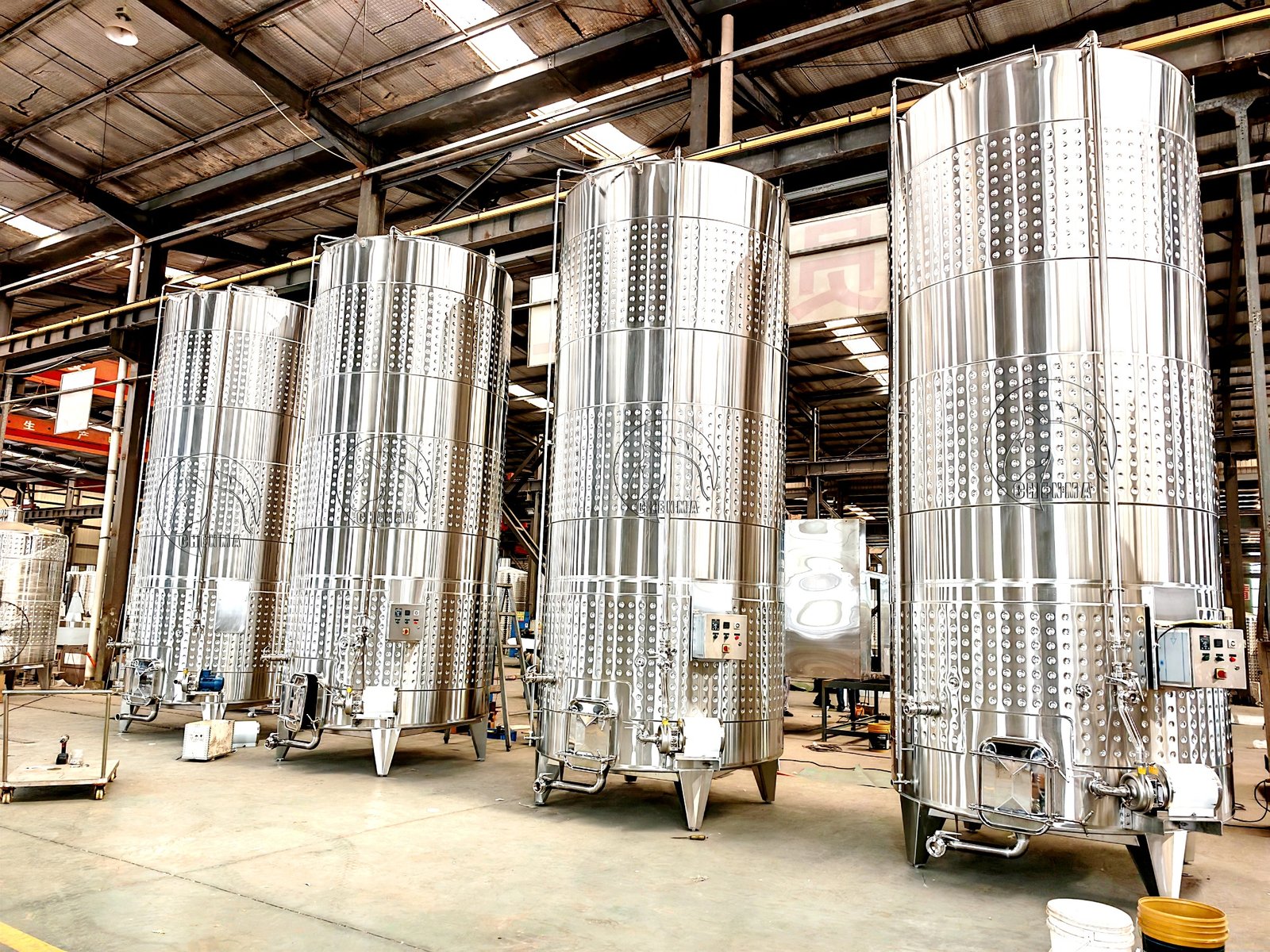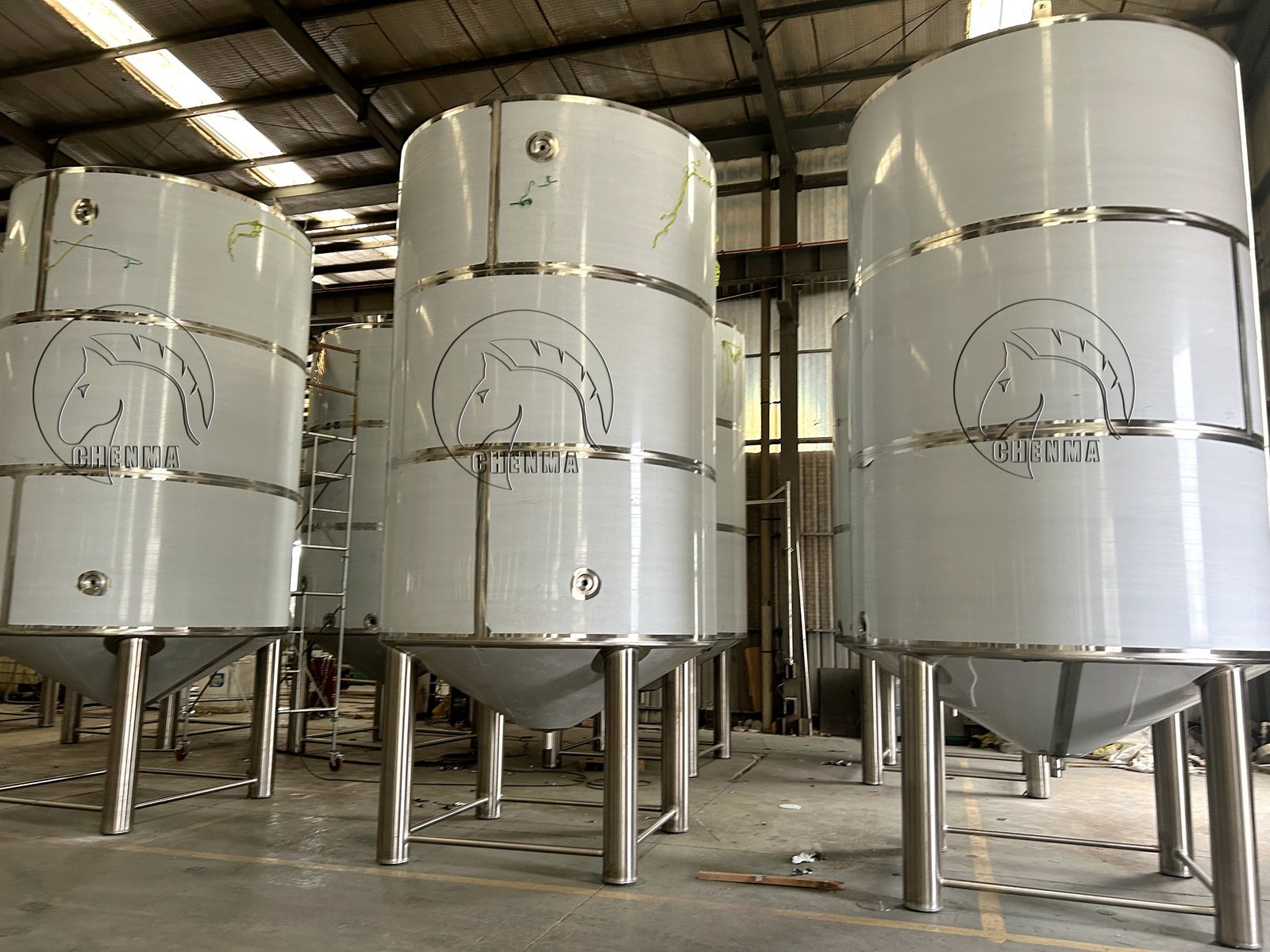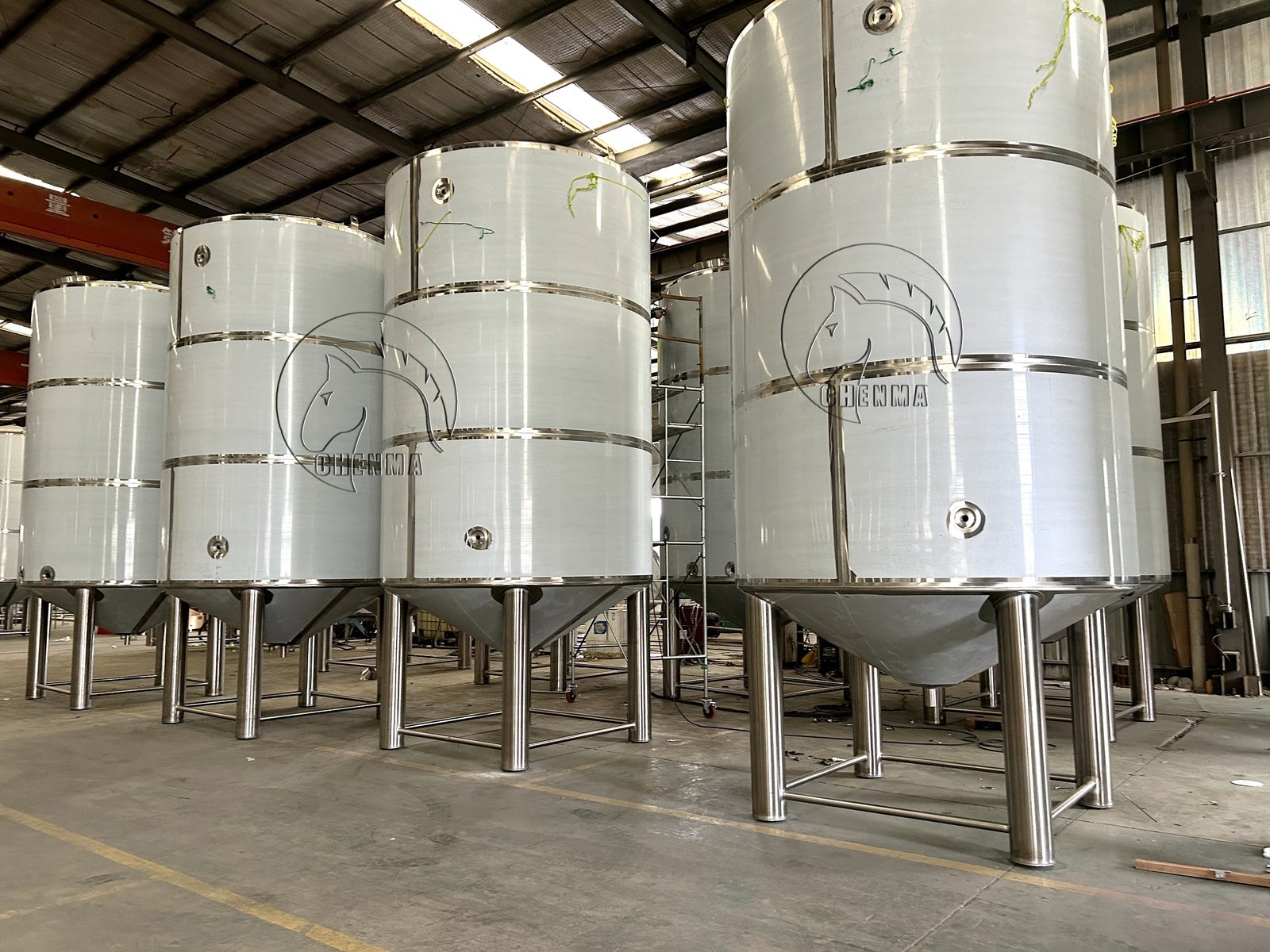
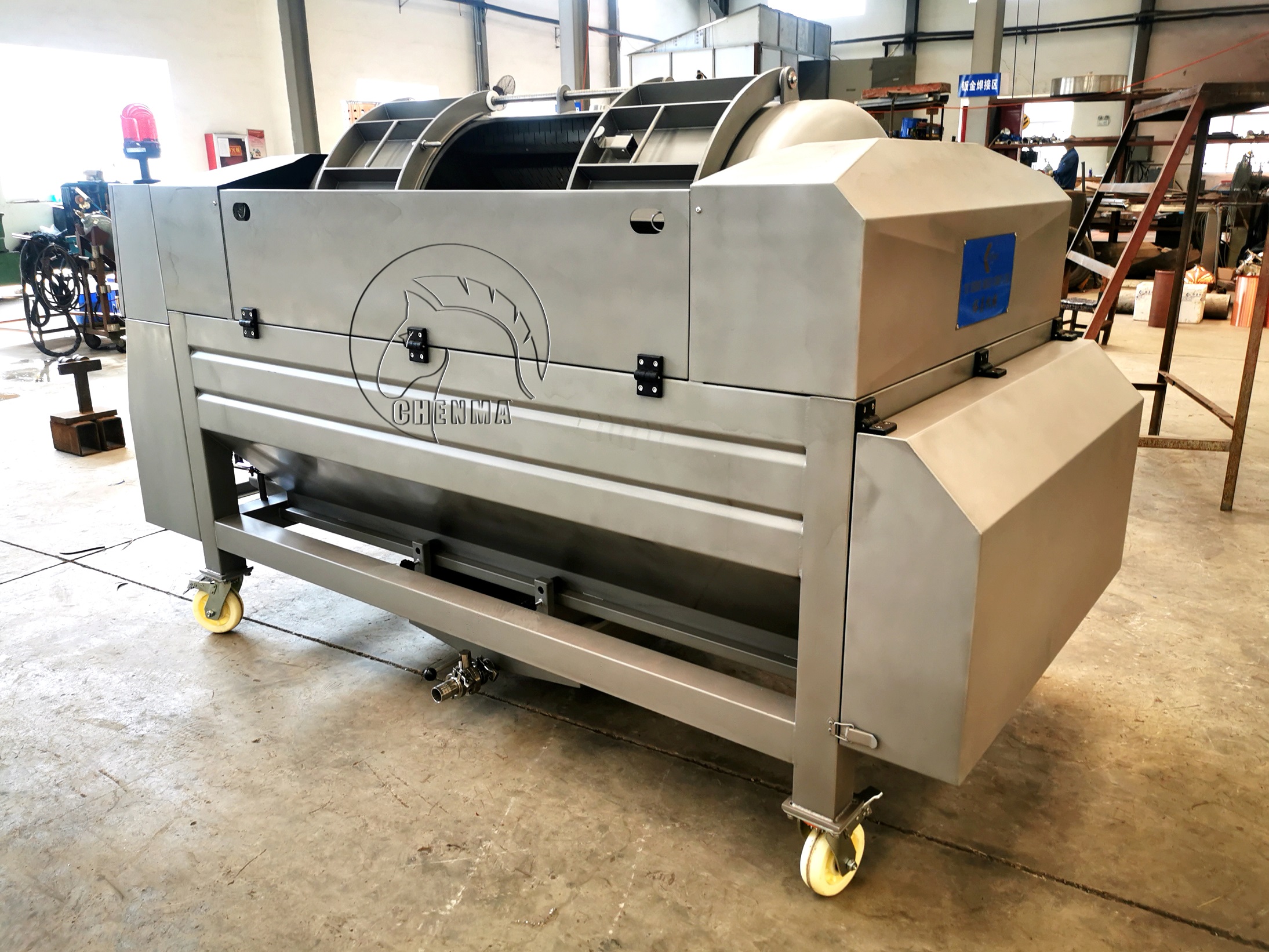
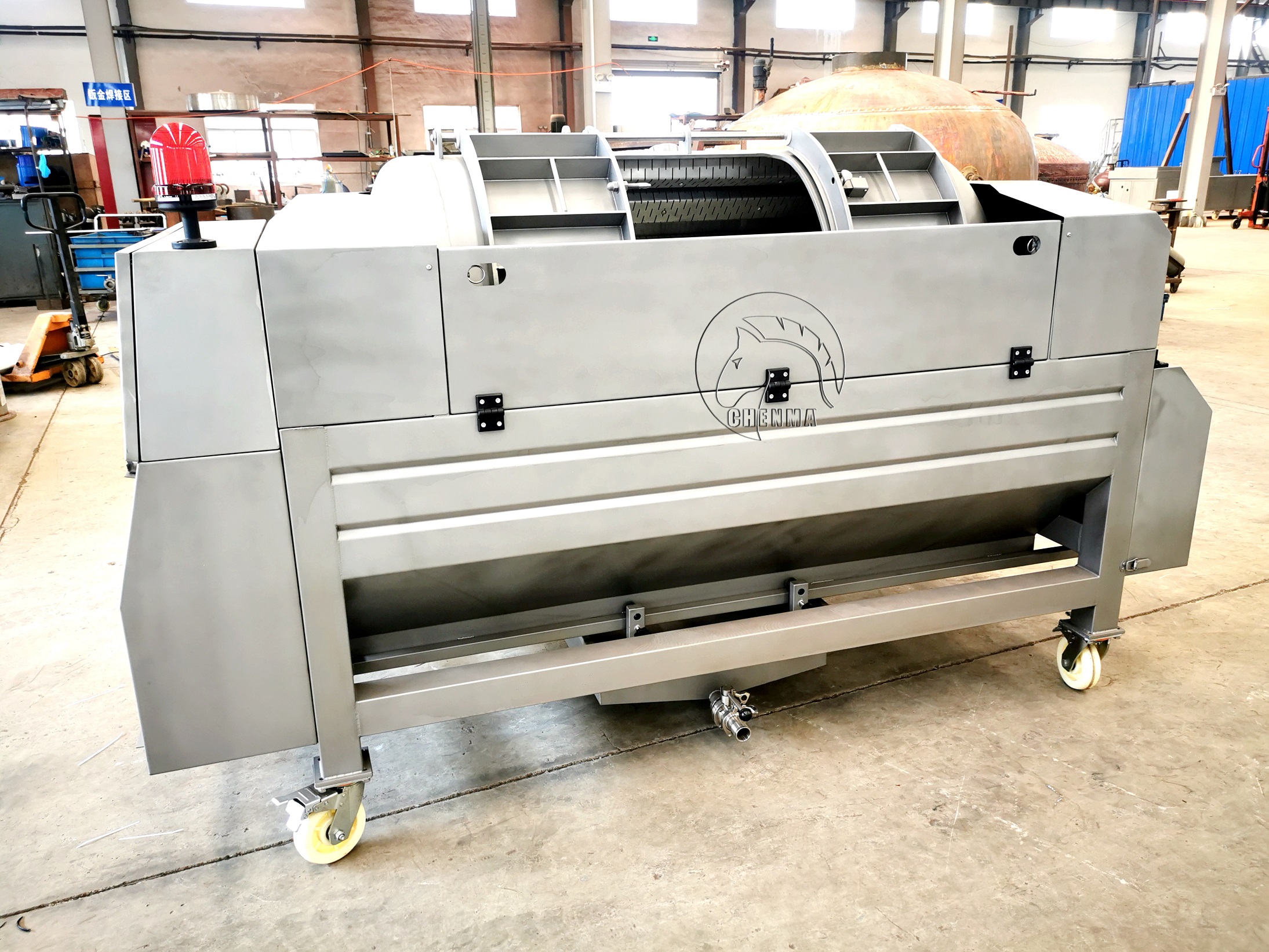

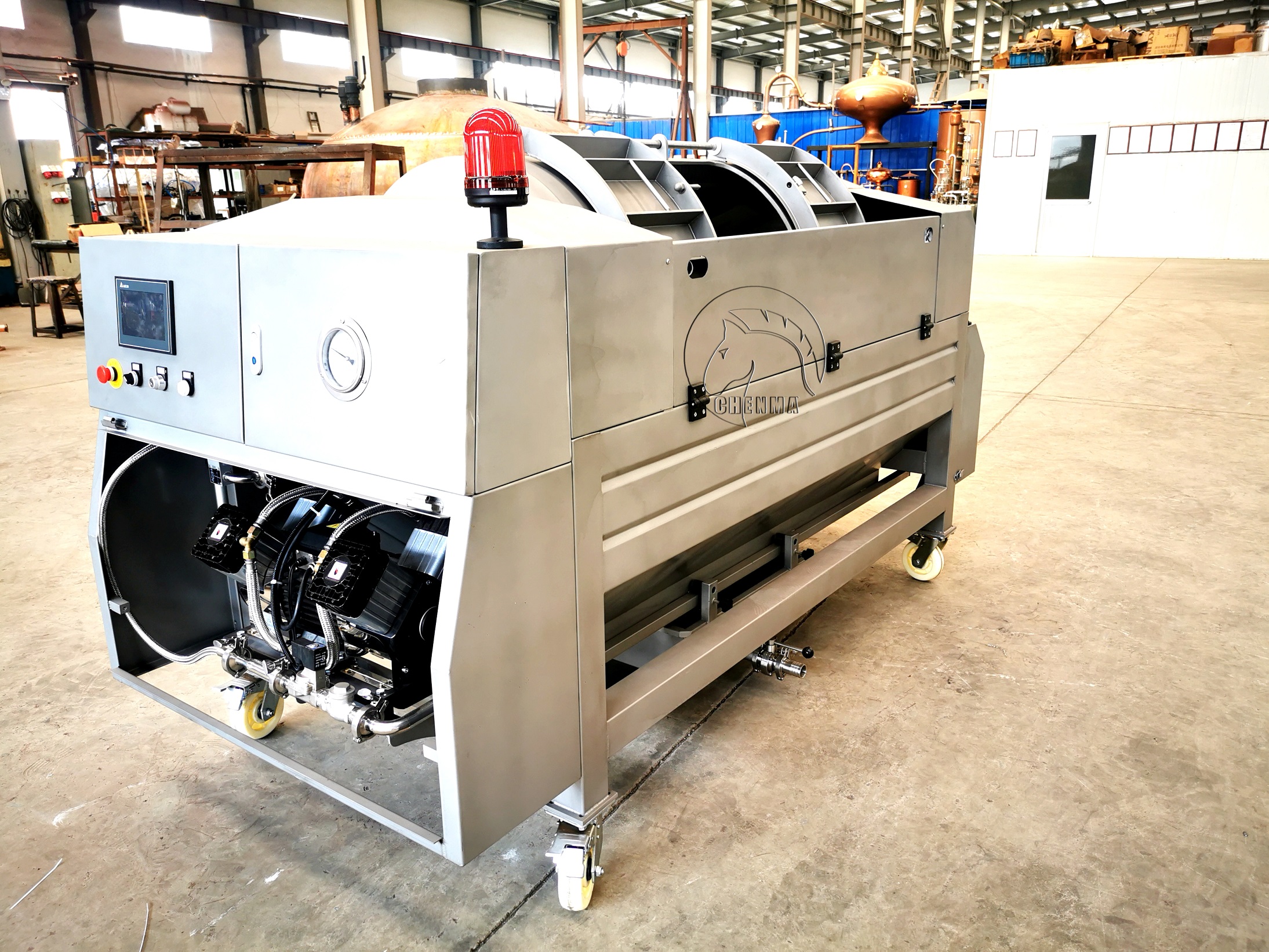
Pneumatic Press For White Wine Processing Equipment
A pneumatic press is a key piece of equipment in the processing of white wine, especially during the grape pressing stage. It is used to extract juice from the grapes while minimizing the extraction of undesirable phenolic compounds, which can contribute bitterness or color.
Product details
Pneumatic Press For White Wine Processing Equipment
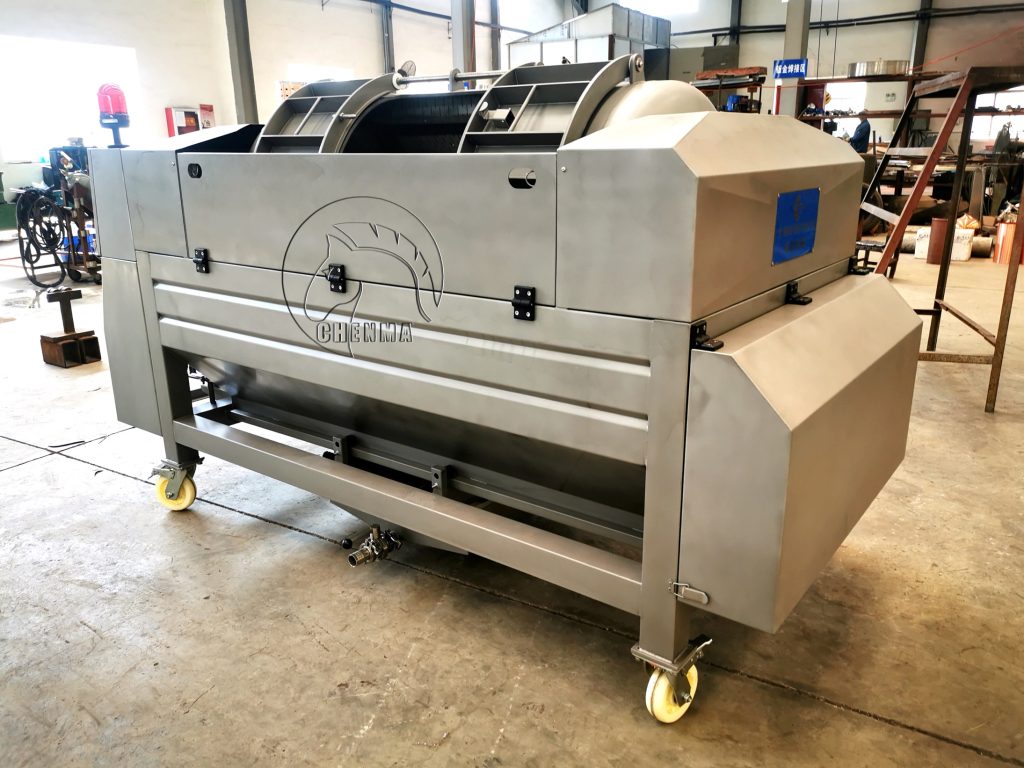
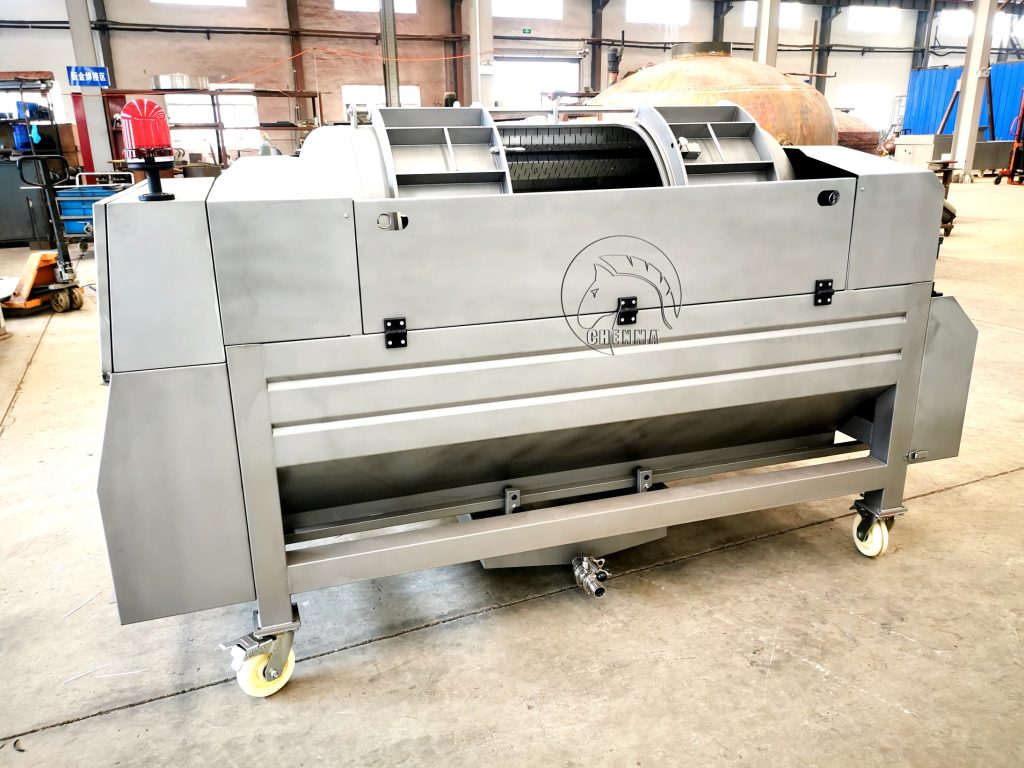
A pneumatic press is a key piece of equipment in the processing of white wine, especially during the grape pressing stage. It is used to extract juice from the grapes while minimizing the extraction of undesirable phenolic compounds, which can contribute bitterness or color. Here’s an overview of the pneumatic press and its role in white wine production:
Function:
1.Grape Pressing: The primary function of a pneumatic press is to apply pressure to whole or destemmed grapes to separate the juice from the skins, seeds, and other solid matter. This is especially important in white wine production, where you want to preserve the juice’s delicate flavors and avoid oxidation or contact with the skins, which could result in undesired color or tannins.
2.Gentle Extraction: Pneumatic presses are designed to provide gentle, even pressure across the grapes, which minimizes mechanical damage and prevents the extraction of harsh compounds. This is achieved through the use of a flexible, perforated bladder inside the press. The bladder inflates gradually, exerting uniform pressure on the grapes.
3.Control Over Extraction: The pressure applied can be adjusted according to the desired extraction levels. For white wine, the pressing process is often short and light to prevent extracting excess bitterness or color from the skins.
Components:
- Bladder: The inflatable part that expands to create pressure. It’s often made from rubber or a similar material.
- Perforated Drum: This drum holds the grapes and has holes to allow juice to drain out as the pressure is applied.
- Pressing Cycle Controls: These allow operators to adjust the pressure and duration of the pressing, providing flexibility depending on the grape variety and style of wine desired.
- Juice Collection Tray: A tray or container that collects the juice after it has been separated from the skins and seeds.
Types of Pneumatic Presses:
1.Horizontal Pneumatic Press: In these presses, the bladder inflates horizontally, providing uniform pressure from the sides. The juice drains through perforations in the drum. This design is commonly used for large-scale operations.
2.Vertical Pneumatic Press: In these, the bladder inflates vertically, applying pressure from the top down. The design is typically used for smaller batches or for more delicate pressing.
Benefits of Pneumatic Pressing for White Wine:
- Minimized Oxidation: The press minimizes contact between the juice and the air, reducing oxidation and preserving the fresh, fruity flavors typical of white wines.
- Preserved Aromatics: Because of its gentle action, pneumatic pressing helps to maintain the wine’s aromatic qualities, which are essential for white wines.
- Efficient Juice Extraction: The press can extract a high volume of juice from the grapes, which can lead to better yields.
- Low Phenolic Extraction: It reduces the risk of extracting undesirable phenolics from the skins, ensuring a clean, crisp wine without excessive bitterness or astringency.
Considerations:
- Pressing Time: The length of the pressing cycle can affect the final wine’s characteristics. Shorter cycles are often used for fresher, fruitier styles, while longer cycles may extract more complex flavors.
- Pressure Levels: Too much pressure can lead to over-extraction of phenolic compounds, while too little may result in insufficient juice extraction. Operators must balance pressure and time to suit the particular style of white wine being produced.
In modern wineries, pneumatic presses are often preferred for their precision and ability to handle delicate fruit with minimal damage, making them ideal for high-quality white wine production.

